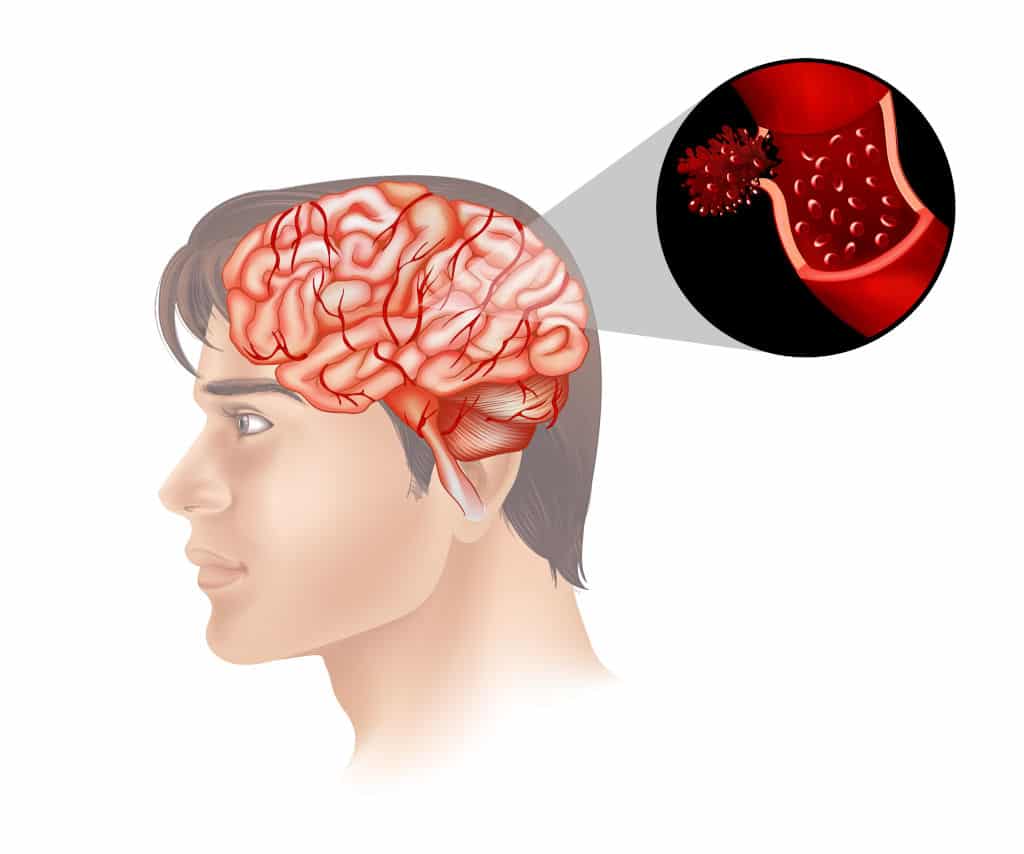When we notice a growth in our bodies, we immediately become concerned about what the growth could be. The doctor pronouncing the growth as benign is like getting a chilled bottle after inhaling the desert air for days. The relief is uncanny. What if you discovered that even a benign growth could be so debilitating to the extent of crushing primary cognitive functions? What would be your reaction then? An example of such growth is an acoustic neuroma.
What is Acoustic Neuroma?
An acoustic neuroma is a benign tumor known as a vestibular schwannoma that develops on the vestibular nerve, which travels from the inner ear to the brain.
The pressure brought on by an acoustic neuroma can result in considerable hearing loss, ringing (tinnitus), dizziness, and balance problems since the vestibular nerve regulate balance and hearing. A person’s hearing and balance eventually suffer after a while.
Surgery or radiosurgery may be necessary when acoustic neuromas get too big, so it is vital to keep an eye on them.
Following therapy, acoustic neuromas may still recur.
An acoustic neuroma can bring on a wide range of significant, chronic symptoms that might lead to impairment.
The physical and cognitive symptoms can be exceedingly distressing and restricting, leading to subsequent emotional disorders such as sadness and anxiety.
These symptoms can be incapacitating if they manifest with significant intensity and regularity.
The debilitating effect of medical malpractice in treating this condition has led many people to take their grievances to court to air their grievances, recover enough compensation for treatments, and cope with the adverse effects.
A 40-year review of the United States legal databases of acoustic neuroma identified 32 cases. Of these 32, 47% were centered around misdiagnosis/ delayed diagnosis, 44% complained of postoperative complications, 16% complained of the failure of informed consent or information, with the remaining 3% centered on other matters.
Most postoperative complications included myocardial infarction, facial nerve paralysis, meningitis, and intracranial hemorrhage, ranging from $300,000 to $2,000,000.
If a medical practitioner was negligent in treating acoustic neuroma, they could be brought to book and made to take responsibility for their actions.
With the help of medical animation, it may be easier to narrate to the jury the identified cause of the injury.

Cases Involving Acoustic Neuroma Medical Malpractice
Medical malpractice occurs when a healthcare practitioner or provider fails to offer a patient the proper care, take the proper action, or gives a patient subpar care that results in harm, injury, or death.
A certain standard of care is anticipated from a hospital, doctor, or other healthcare providers, but not all injuries suffered by a patient are the practitioner’s responsibility.
They are, nonetheless, legally liable if the patient suffers harm or injury due to the healthcare professional’s departing from the standard of care typically anticipated in such circumstances.
In a medical malpractice case involving acoustic neuroma, the plaintiff must prove that the defendant failed to provide a proper standard of care, caused an injury resulting from negligence and that the injury has damaging consequences.
Misdiagnosing or delaying the diagnosis of a particular illness can lead the condition to aggravate and become potentially more damaging than it was when the diagnosis ought to have been carried out. Misdiagnosis sometimes arises when the practitioner downplays a symptom or fails to carry out comprehensive tests.
This played out in the case of Rizk v. Cohen, where the plaintiff sought medical help after recurrent ringing in his ears. After many tests, the doctors assured him of the absence of an acoustic neuroma.
Three years later, the doctor reached out to the patient on another matter and suggested he undergo another test. It was then detected that he had an acoustic neuroma that must be removed immediately.
After the late surgery, the plaintiff suffered permanent hearing loss in his left ear, left-side tinnitus, balance disturbance, left facial weakness, and a loss of sensation in his left side and tongue.
The same happened in the case of Prabhu v. Levine, in which the plaintiff suffered paralysis for three months, permanent hearing loss, and facial palsy, including the inability to close her left eyelid. This occurred mainly because of a late diagnosis, which caused the surgery to be hazardous.
Similarly, errors made during a surgical procedure can spell trouble for the victim of the mistake. Since the surgery to take out an acoustic neuroma is done in the brain, a lot of care must be taken so that nothing goes wrong and harms the patient seriously.
In the case of Bhansali v. Moncada, the plaintiff was diagnosed with an acoustic neuroma and was scheduled to undergo surgery for removal.
During the surgery, a tear occurred in her sigmoid sinus. This tear caused her a lot of complications, including hydrocephalus or swelling of the brain. It also led to permanent brain damage and short-term memory loss.

Using Medical Animation in Acoustic Neuroma Cases
Medical animation is a potent tool used in a court setting to illustrate medical proceedings, surgical errors, medical conditions, and many other malpractice cases.
In a case of acoustic neuroma where the doctor failed to diagnose the condition correctly, the plaintiff can show by animation that an early diagnosis would have prevented the situation from getting aggravated the way it did. Since late removals usually result in even more postoperative complications, the animation would help to show that the surgery would have been successful had the removal been sanctioned earlier.
Moreover, medical animation can also be very helpful in showing surgical errors and how they directly affect the patient’s overall health. The animation would illustrate the errors and the outcome if the surgeon avoided the error.
Finally, it is always essential to get a medical animation company on board alongside an experienced expert witness to ensure that everyone works hand in hand in providing admissible evidence. A legal medical animation company like Fox-AE will prove very valuable in a medical malpractice case involving acoustic neuroma. Our team of medical animators works closely with attorneys and expert witnesses to ensure that admissible demonstrative evidence is created.






